Can you Write an Email in Korean well? Writing an email in Korean can seem challenging, especially if you’re not familiar with the cultural norms and language intricacies. However, with the right guidance and practice, you can master it easily and communicate effectively. In this blog, we’ll explore how to write an email in Korean, including key phrases, formatting tips, and examples to help you get started. Whether you’re writing a formal business email or a casual message to a friend, these tips will help you make a great impression. 📧🇰🇷
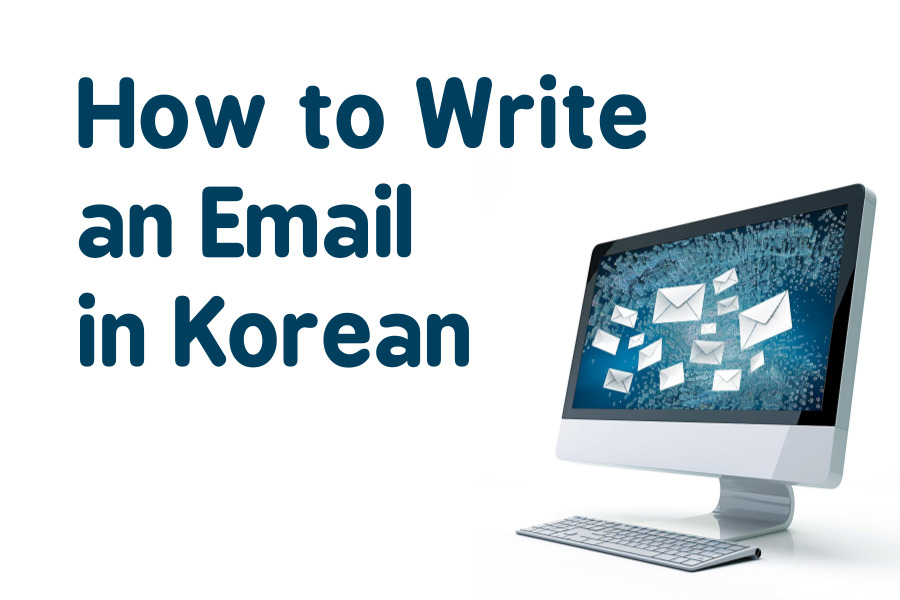
Basics of Writing an Email in Korean
Subject Line
The subject line should be clear and concise, summarizing the main point of your email. A well-written subject line helps the recipient understand the purpose of your email at a glance. Here are some examples:
- 회의 일정 변경 안내 (Notice of Meeting Schedule Change)
- 안부 인사 (Just Saying Hi)
- 입사 지원서 제출 (Job Application Submission)
Salutation
Start your email with a polite greeting. The salutation sets the tone for your email, so it’s important to use the appropriate level of formality. For formal emails, use:
- 안녕하세요, [Recipient’s Name] 님 (Hello, [Recipient’s Name]) This greeting shows respect and is suitable for business contexts or when addressing someone of higher status.
For casual emails, you can use:
- 안녕, [Recipient’s Name] (Hi, [Recipient’s Name]) This is more relaxed and suitable for friends or peers.
Body of the Email
Clearly state the purpose of your email in the first paragraph. This helps the recipient understand why you’re writing and what you expect from them. Provide necessary details in the following paragraphs, using polite and straightforward language. Here’s a breakdown of how to structure the body:
- Introduction: Briefly introduce yourself and state the purpose of your email.
- Main Content: Provide the details, such as dates, times, and specific information relevant to your message.
- Conclusion: Summarize your request or the main points, and if needed, express gratitude or indicate the next steps.
Closing Remarks
End your email with a polite closing remark. This leaves a positive impression and shows courtesy. For formal emails, use:
- 감사합니다 (Thank you) This is a versatile closing suitable for most formal emails.
For casual emails, you can use:
- 잘 지내요 (Take care) This is a friendly and informal way to end your email.
Signature
Include your name and any relevant contact information at the end of the email. For formal emails, you might also include your job title and company name. This provides the recipient with all the information they need to contact you and understand your position. For example:
- 박지은, ABC 회사 (Jieun Park, ABC Company)
Key Phrases for Writing Emails in Korean
Common Greetings
- 안녕하세요 (Hello) – Formal
- 안녕 (Hi) – Informal
Polite Phrases
- 감사합니다 (Thank you)
- 죄송합니다 (I’m sorry)
- 부탁드립니다 (Please)
Closing Phrases
- 감사합니다 (Thank you)
- 잘 지내요 (Take care) – Informal
- 좋은 하루 되세요 (Have a nice day)
Example Emails in Korean
Formal Business Email
Subject: 회의 일정 변경 안내 (Notice of Meeting Schedule Change)
안녕하세요, 김철수 님,
저는 ABC 회사의 박지은입니다. 회의 일정을 변경하게 되어 이메일을 드립니다. 새로운 일정은 다음과 같습니다:
날짜: 2024년 6월 20일
시간: 오전 10시
장소: 본사 회의실
궁금한 점이 있으시면 언제든지 연락 주시기 바랍니다.
감사합니다,
박지은
ABC 회사
Explanation: This email is a formal business communication informing a colleague about a change in the meeting schedule. The language used is polite and professional, ensuring clarity and respect.
Casual Email to a Friend
Subject: 안부 인사 (Just Saying Hi)
안녕, 혜진아,
잘 지내지? 요즘 어떻게 지내는지 궁금해서 이메일 보냈어. 우리 조만간 만나서 커피 한 잔 할까?
잘 지내,
지민
Explanation: This is an informal email to a friend. The tone is relaxed and friendly, suitable for personal communication. The email is brief and focuses on catching up and suggesting a meeting.
Job Application Email
Subject: 입사 지원서 제출 (Job Application Submission)
안녕하세요, 인사 담당자님,
저는 [Your Name]입니다. 귀사의 [Job Position]에 지원하고자 이력서를 제출합니다. 저는 [Your University]에서 [Your Major]를 전공하였으며, [Your Relevant Experience]을 가지고 있습니다.
이력서와 자기소개서를 첨부하였으니 검토 부탁드립니다.
감사합니다,
[Your Name]
[Your Contact Information]
Explanation: This email is a formal job application. It includes the applicant’s name, educational background, and relevant experience. The tone is respectful, and the email ends with a polite request for the recipient to review the attached documents.
Conclusion: Write an Email in Korean
Write an email in Korean involves understanding the right phrases and format. By following these guidelines and using the examples provided, you can write clear and professional emails in Korean. Whether you’re communicating in a business setting or with friends, these tips will help you convey your message effectively and respectfully. Practice makes perfect, so keep writing and improving! Good luck! 🌟🇰🇷
If you want to learn how to write an Email in Korean, we recommend the following brands’ Business Korean class: Chapter Korean’s Business Korean Class Korean teacher will tell you how to write an Email in Korean in 1-on-1
Also, Download JAEM Korean app to learn how to write an Email in Korean yourself! In the app, you can see the paid course about ‘Business Korean’. In the course, you can see the lesson about write an Email in Korean. 😉
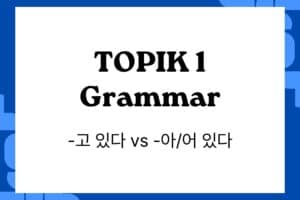
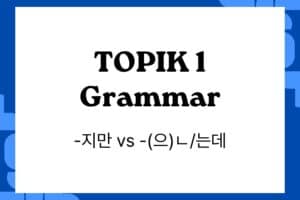
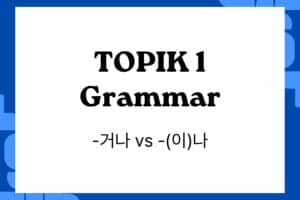
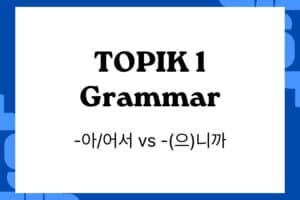
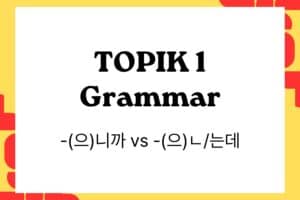
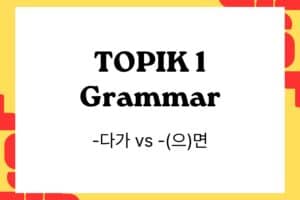
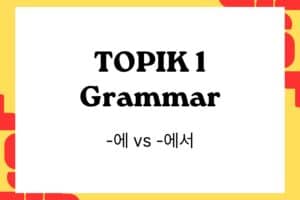
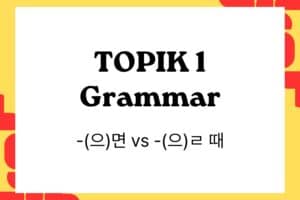

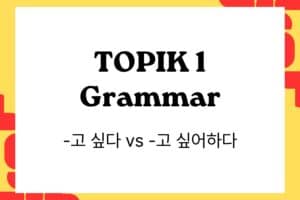
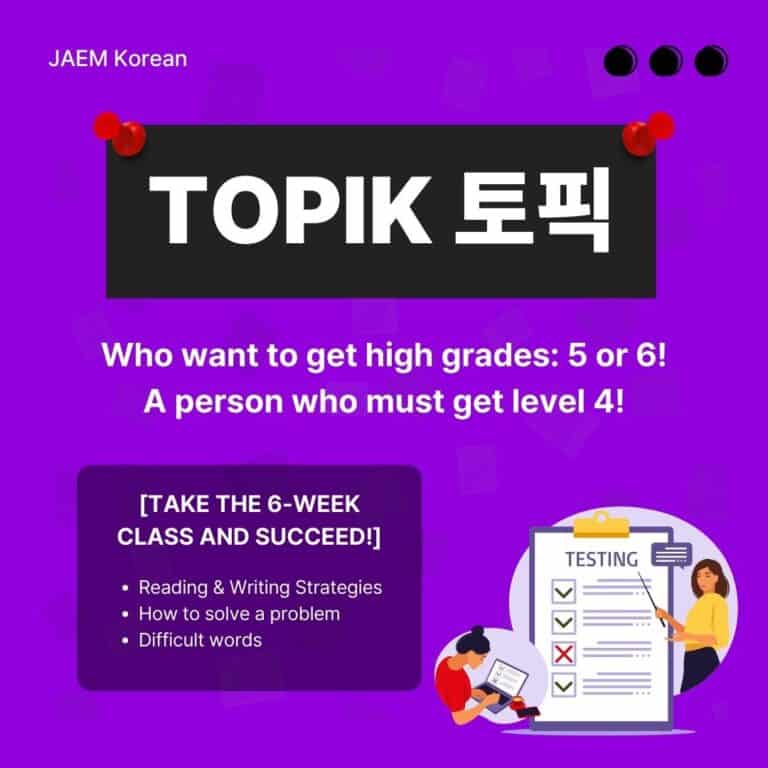
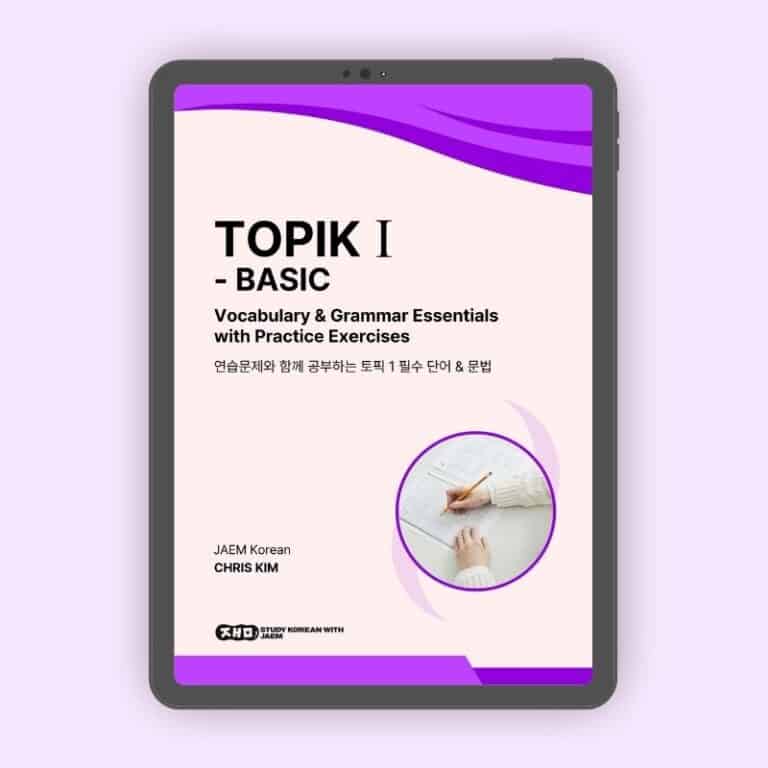
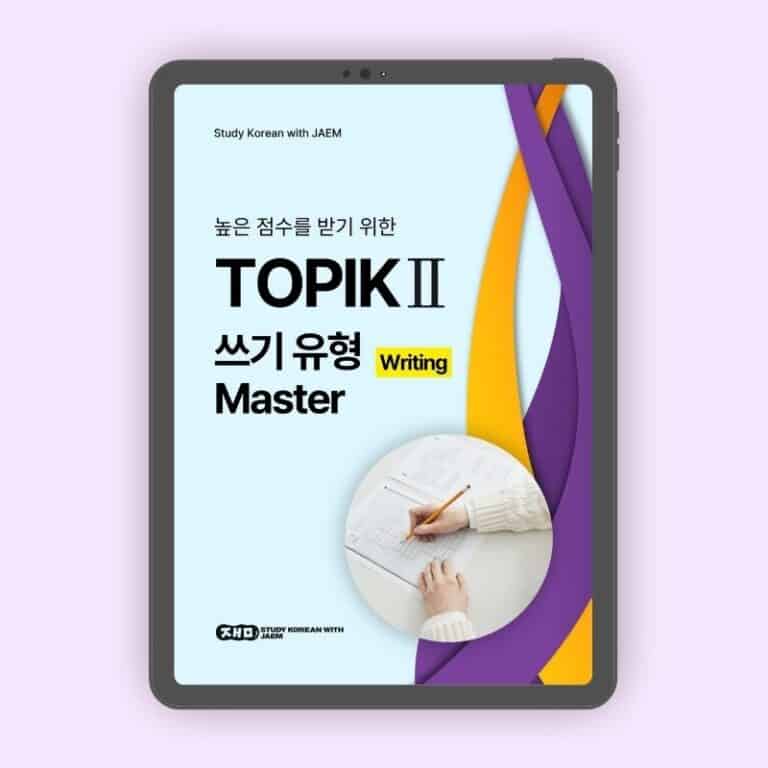
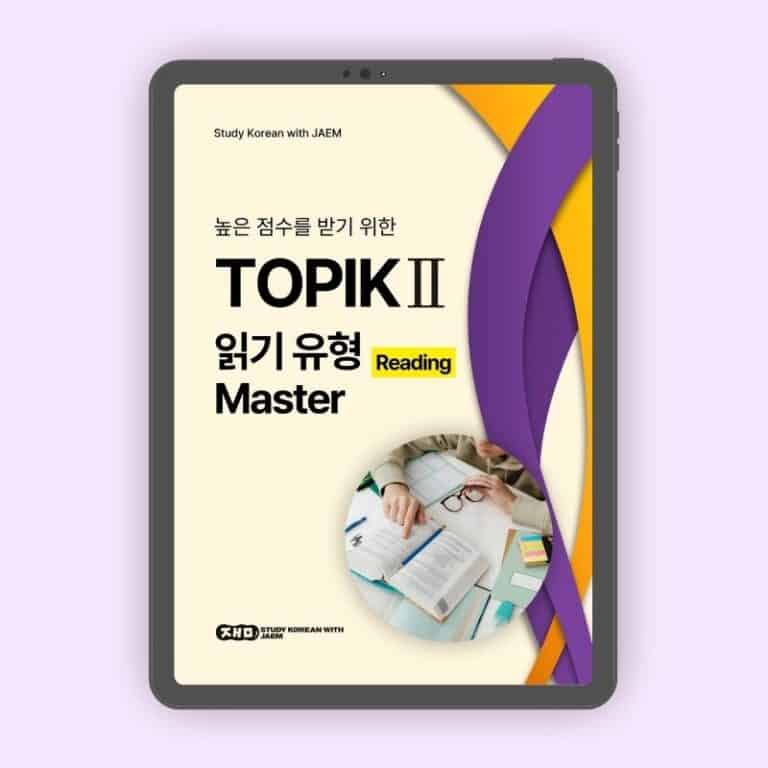

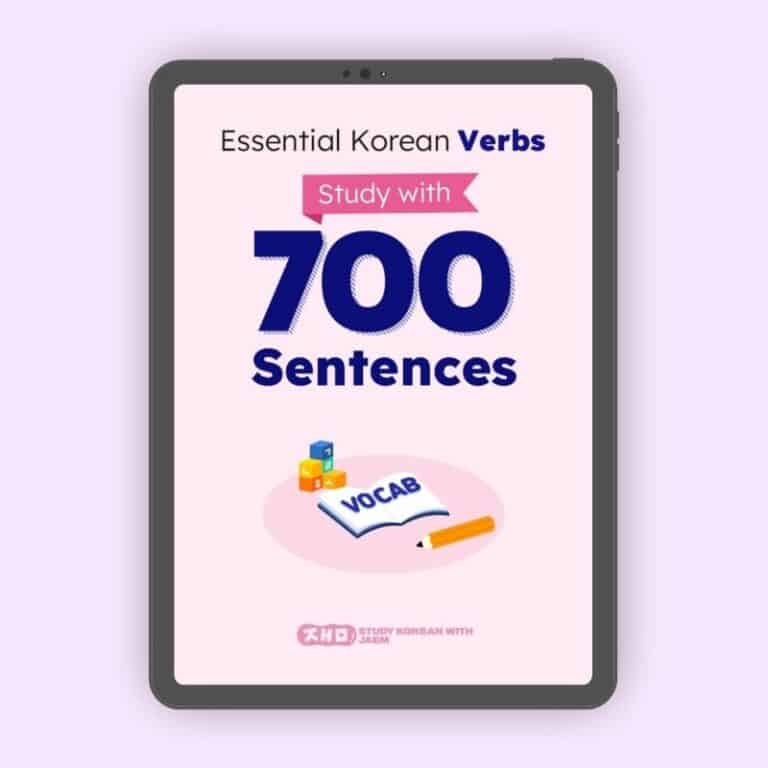


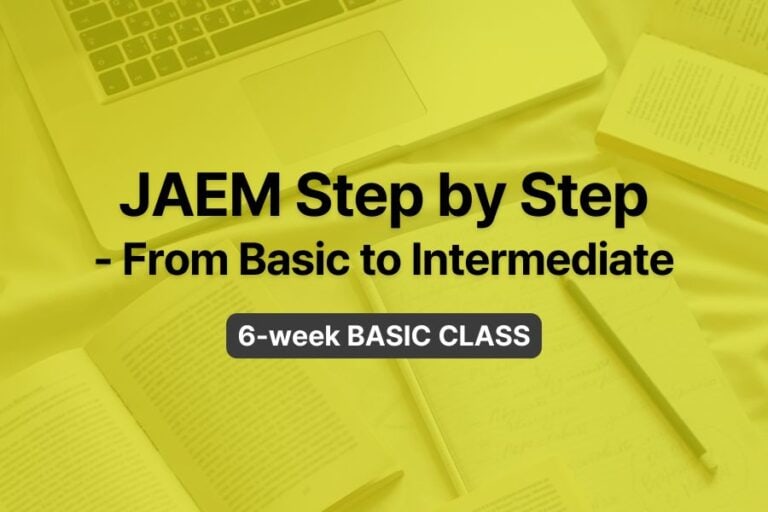

Responses